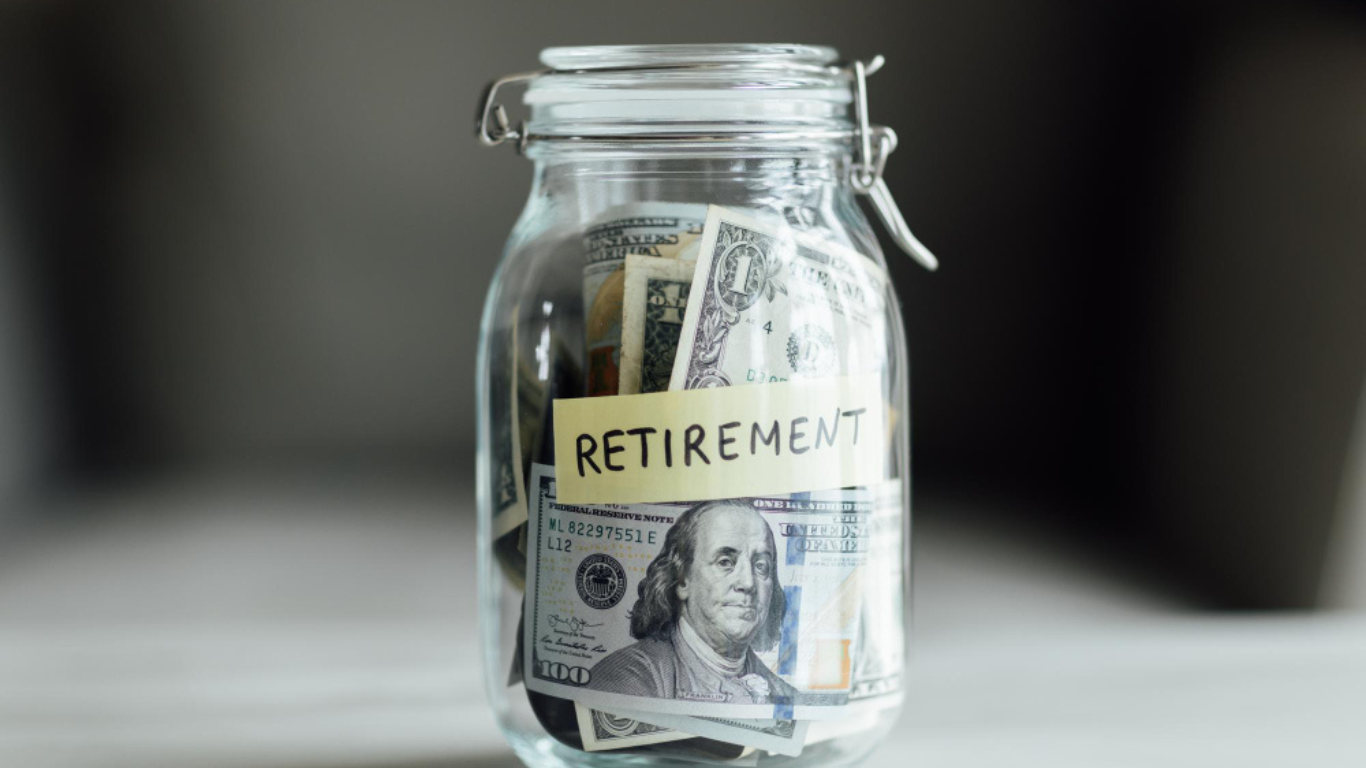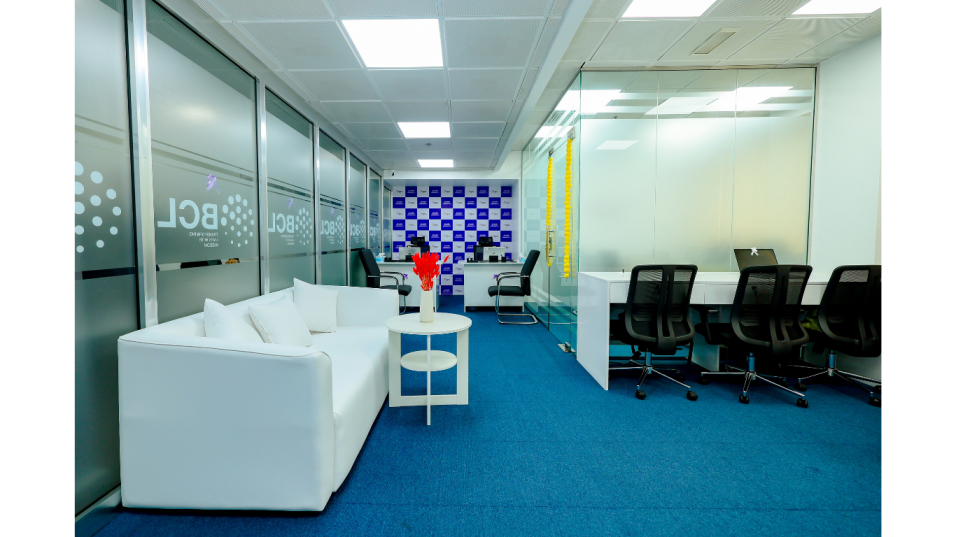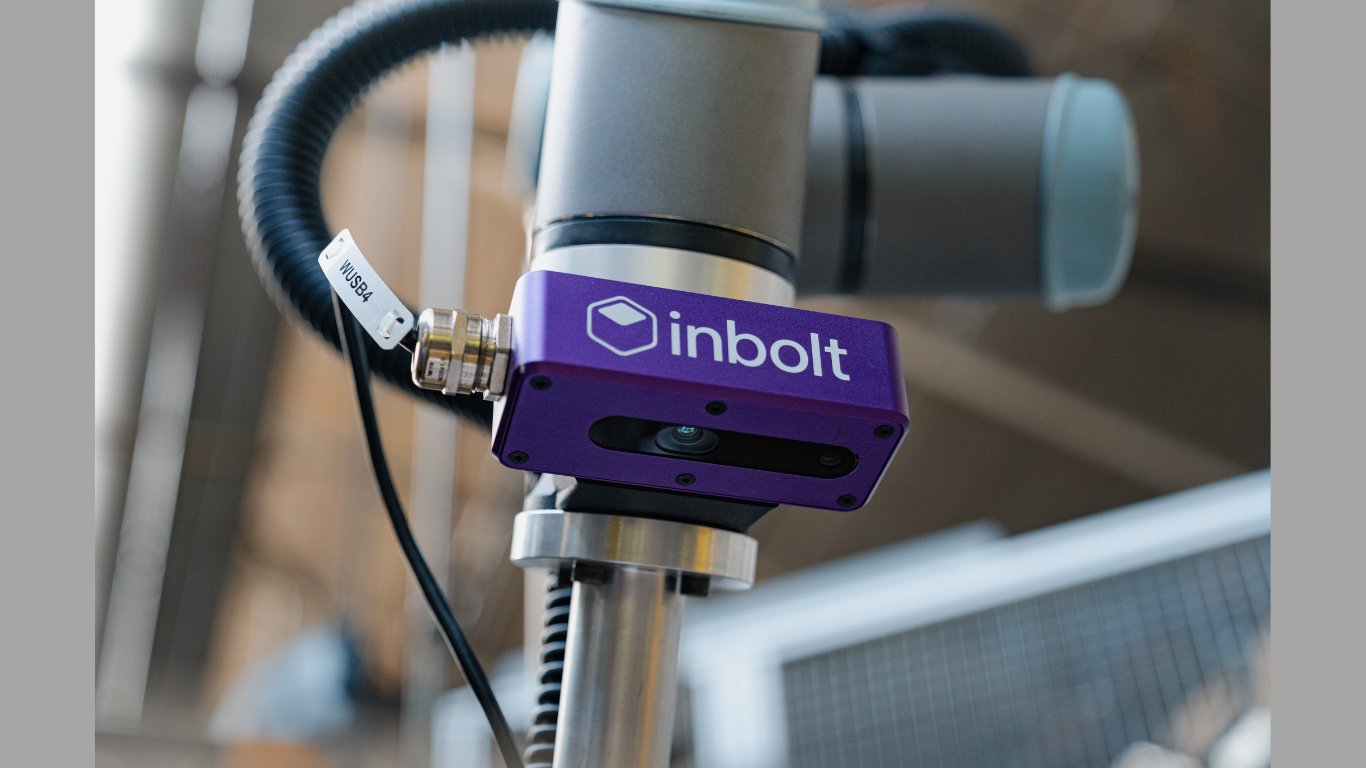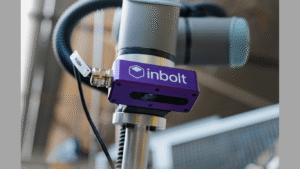When Familiar Strategies Stop Feeling Safe
For a long time, companies managed the future much like families did: set aside savings, stick with safe investments, and hope steady growth would carry them through. That formula worked when markets were predictable and economic cycles felt less extreme. Today, however, volatility has turned “safe” into uncertain. Interest rates rise and fall quickly, inflation erodes returns, and global events disrupt supply chains overnight.
This has forced leaders to look elsewhere. Private credit, infrastructure projects, and renewable investments are no longer niche plays. They are part of a growing shift in how organizations prepare themselves to stay covered when turbulence arrives. The change is not about chasing extraordinary returns, it’s about building protection. And the bigger risk now is refusing to adapt.
The Blind Spot of Overconfidence
The most dangerous mistakes are often the invisible ones. Many executives still believe that relying on bonds, blue-chip stocks, or cash reserves is the safest choice. But history is full of companies that leaned too heavily on familiar tools and found themselves exposed when markets turned.
There’s also the lure of short-term thinking. It feels smart to maximize liquidity or cut costs in ways that look good in quarterly reports, yet these decisions often create long-term gaps. One of the clearest examples is workforce planning. Businesses that treat employee benefits as an afterthought may find retention slipping just when stability matters most.
Forward-looking organizations are shifting their mindset. They understand that supporting retirement wealth is not just a perk but a form of corporate risk management. Employees with secure futures are less likely to leave, more likely to perform, and help anchor the company during periods of stress. Planning for the financial wellbeing of staff has become inseparable from planning for the health of the business itself.
Seeing Alternatives as Shields, Not Risks
What if alternative assets weren’t viewed as exotic at all, but as safeguards? When markets stumble, investments in private equity, infrastructure, or commercial real estate often respond differently, providing a balance that traditional portfolios cannot. The role they play is less about chasing rapid growth and more about preventing collapse.
Think of it as reinforcing a building. Wooden beams might be cheaper, but steel holds up during storms. The upfront investment in alternatives gives companies a similar kind of strength, ensuring that volatility doesn’t knock them off course.
Examples of this approach are multiplying. Pension funds are moving steadily into private equity, not just for returns but for protection against inflation. Corporations are co-investing in renewable energy projects that provide both financial value and reputational benefits. Family firms are allocating portions of their resources to real estate as a hedge. Each of these moves reflects the same insight: alternatives are not a gamble, they are insurance against fragility.
Why Resilience is the New Legacy
There is also a cultural shift underway. In past generations, building for the future meant accumulating assets to pass down. Today, legacy is measured by resilience. The organizations remembered tomorrow will not necessarily be those that captured the highest peaks of growth, but those that proved they could protect employees, investors, and communities through turbulent times.
In this light, alternative planning is about more than money. It’s about trust, continuity, and credibility. That is what truly endures.
A Question Every Leader Has to Face
The financial playbook has changed. Traditional strategies remain important, but they are no longer enough on their own. Companies that embrace alternatives are not chasing trends, they are designing for survival.
The test will come in the next disruption. When markets wobble again, will your organization be among those that stay covered, or one of those left exposed?
Article received via email






























